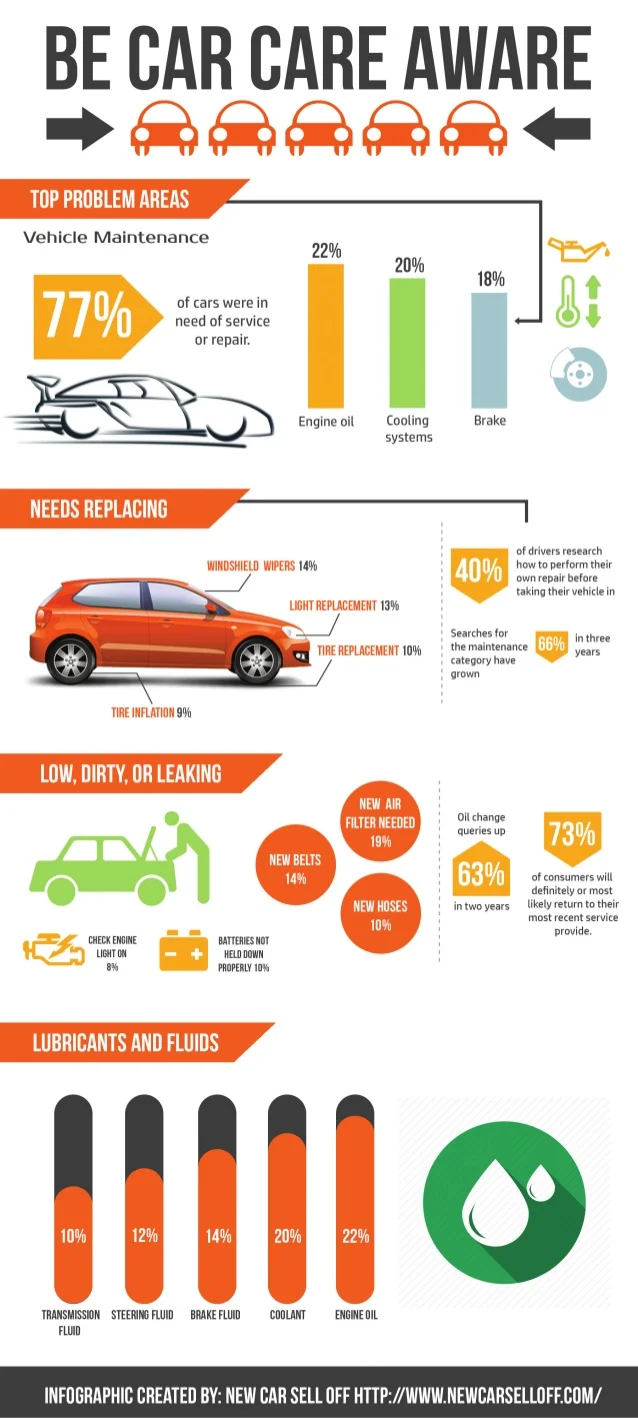Understanding The Importance Of Your Automobile'S Warning Signals: What They In Fact Represent
Understanding The Importance Of Your Automobile'S Warning Signals: What They In Fact Represent
Blog Article
Developed By-Higgins Gilbert
When you're behind the wheel, those beautiful caution lights on your control panel can be a little bit complicated. Do you know what they're attempting to tell you about your vehicle's wellness? Understanding the importance of these lights is essential for your safety and the longevity of your lorry. So, the next time one of those lights pops up, wouldn't you intend to analyze its message properly and take the essential actions to resolve it?
Common Caution Lighting and Interpretations
Recognize usual warning lights in your vehicle and recognize their meanings to ensure secure driving.
One of the most typical caution lights include the check engine light, which indicates concerns with the engine or emissions system. If this light comes on, it's vital to have your vehicle inspected without delay.
The oil pressure warning light suggests reduced oil pressure, requiring prompt attention to stop engine damage.
A blinking battery light may recommend a damaged billing system, possibly leaving you stranded otherwise resolved.
The tire pressure surveillance system (TPMS) light informs you to low tire stress, affecting vehicle stability and gas efficiency. Disregarding this can result in dangerous driving conditions.
The abdominal muscle light suggests an issue with the anti-lock braking system, endangering your capacity to quit promptly in emergencies.
Finally, the coolant temperature level advising light warns of engine overheating, which can lead to extreme damage otherwise solved swiftly.
Recognizing these usual caution lights will assist you attend to problems immediately and maintain secure driving problems.
Value of Prompt Focus
Understanding the typical warning lights in your automobile is only the first step; the relevance of promptly resolving these warnings can not be stressed sufficient to guarantee your safety when driving.
When a caution light brightens on your dashboard, it's your automobile's method of connecting a prospective issue that requires focus. Neglecting https://jeffreyjeytm.blogunok.com/32341449/find-out-exactly-how-environmentally-friendly-vehicle-describing-products-can-elevate-your-car-s-luster-while-securing-the-planet-uncover-the-lasting-options-waiting-for-you can bring about a lot more severe problems in the future, endangering your security and possibly costing you a lot more out of commission.
Motivate attention to cautioning lights can stop break downs and accidents. For instance, a flashing check engine light can suggest a misfire that, if left ignored, might create damages to the catalytic converter. Addressing this quickly can conserve you from an expensive repair.
In a similar way, a brake system advising light could signal reduced brake liquid or used brake pads, vital elements for your safety and security when driving.
DIY Troubleshooting Tips
If you observe a caution light on your control panel, there are a few do it yourself repairing ideas you can try prior to looking for specialist assistance.
The first step is to consult your automobile's guidebook to understand what the details warning light indicates. In https://calcoasttimes.com/2022/05/20/san-luis-obispo-auto-shop-owner-sentenced-to-prison/ can be as simple as a loose gas cap causing the check engine light. Tightening up the gas cap may fix the issue.
An additional usual concern is a low battery, which can activate numerous alerting lights. Inspecting the battery connections for deterioration and ensuring they're safe may deal with the trouble.
If a warning light continues, you can attempt resetting it by separating the cars and truck's battery for a couple of mins and afterwards reconnecting it. Furthermore, examining your car's fluid levels, such as oil, coolant, and brake liquid, can help fix warning lights associated with these systems.
Conclusion
To conclude, recognizing your cars and truck's caution lights is necessary for maintaining your automobile running smoothly and safely. By immediately resolving these signals and understanding what they indicate, you can stay clear of pricey repair services and prospective malfunctions.
Keep in mind to consult your cars and truck's guidebook for specific details on each warning light and take action as necessary to ensure a trouble-free driving experience.
Keep educated, remain secure when driving!
